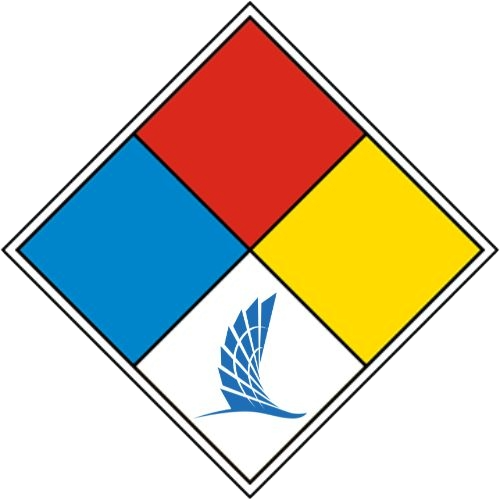As one of society’s oldest and most essential professions, land surveying is vital for ensuring the safety, efficiency, and sustainability of our communities. To support progress in the field, the Conrad Blucher Institute for Surveying and Science (CBI) was established in 1987 at Texas A&M University-Corpus Christi (TAMU-CC), dedicated to pioneering research and educating future geospatial professionals.
To further its mission, CBI created the Conrad Blucher Chair for Excellence in Surveying to recognize distinguished professionals whose work advances the field through education and expertise. This esteemed designation honors those who have made exceptional contributions to surveying and demonstrate a commitment to diverse perspectives and innovation.
In 2024, CBI proudly named Desireé Hurst ’12 and Isidro X. Garza ’00 as its newest Chairs for Excellence in Surveying. This recognition marks the first time in more than 30 years that concurrent chairs have been named, aligning with the original vision for the program. It is also a full-circle moment, honoring two TAMU-CC alumni whose education was shaped by the influence of past chairs.
“Being named a Chair for Excellence was unexpected — the list of past recipients is short but filled with inspiring individuals,” Hurst said.
Hurst, who holds a Master of Science in Geospatial Surveying Engineering from TAMU-CC, is a Certified Federal Surveyor licensed in Texas, New Mexico, Oklahoma, and Illinois. Her professional accolades include being named the Texas Society of Professional Surveyors (TSPS) Young Surveyor of the Year and receiving the TSPS Presidential Award. Beyond her professional accomplishments, Hurst has dedicated countless hours to inspiring and mentoring the next generation of surveyors and geospatial professionals.
In this photo, the late Darrell Shine, RPLS and former Conrad Blucher Chair for Excellence (right), advises Desireé Hurst (left, back turned) shortly after she became licensed in Texas.
“My goal is to make the Career and Technology Education Regional Program of Study for Geospatial Engineering and Land Surveying available throughout Texas,” she said. “It’s a long process involving many steps and agencies, but I believe it will attract more people to the field.”
Garza was among the first students to earn a Bachelor of Science in Geographic Information Science from TAMU-CC.
“It’s humbling to be recognized and share a designation once held by one of my own mentors, Dr. Gary Jeffress,” Garza said.
Garza has achieved numerous successes over his more than 30 years in the industry and now serves as President of Gratia Geomatics, a commercial land surveying and geospatial solutions company he co-founded with his wife.
“Dr. Jeffress’ mentorship truly shaped my career,” Garza said. “He led by example, showing me it’s not enough to simply go through the motions — you need to make a meaningful impact and work each day to improve our industry. That lesson has stayed with me throughout my career, inspiring me to leave things better than I found them.”
Isidro X. Garza, RPLS (right), poses with Dr. Gary Jeffress, RPLS, during a reception honoring Garza and Desireé Hurst as CBI’s 2024 Chairs for Excellence.
In addition to a successful career, Garza’s has also been actively involved in the National Society of Professional Surveyors and TSPS, the latter in which he has held various leadership roles. His contributions have earned multiple recognitions, including TSPS Chapter President of the Year, the TSPS Presidential Award, and TSPS Educator of the Year. Like Hurst, Garza is committed to advancing education and was instrumental in establishing the Geospatial Engineering & Land Surveying program at Houston’s Klein Collins High School, the first in the nation to offer an associate degree in the field to high school students.
A special reception held earlier this fall at the Art Museum of South Texas brought together colleagues, friends, and family members to celebrate these distinguished professionals.
“Isidro and Desireé started their journeys as students at TAMU-CC, benefiting from the guidance of CBI and its former chairs,” said Dr. Richard Smith ’03, ’06, CBI Executive Director. “They’ve come full circle, not only excelling in their careers but inspiring and mentoring the next generation. I am confident that their efforts will inspire future students to pursue careers in surveying and geospatial science, marking the beginning of the next full-circle moment.”









